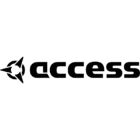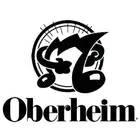de catégories
Cart
Synthesizer
Voir les marques
Filters
Filter
150
Results :
Products per page
Sort
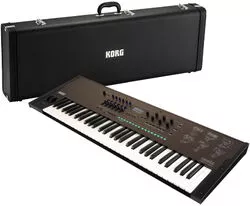
2444.00 €
1190.00 €

388.00 €
349.00 €

1999.00 €
1597.00 €

366.00 €
299.00 €

739.00 €
569.00 €

904.00 €
699.00 €

577.00 €
468.00 €

512.00 €
369.00 €

512.00 €
399.00 €
Bundle


366.00 €
339.00 €
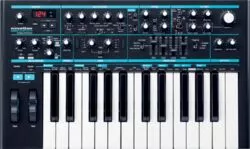
556.00 €
389.00 €

54.50 €
47.25 €

1999.00 €
999.00 €

1145.00 €
979.00 €

1145.00 €
941.00 €
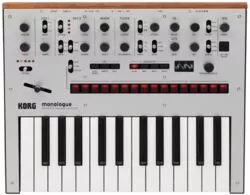
366.00 €
299.00 €

2299.00 €
new


2969.00 €
2899.00 €
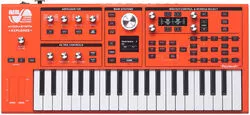
859.00 €
799.00 €

2299.00 €
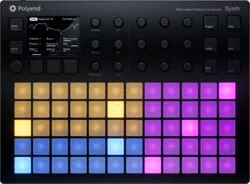
521.00 €

1055.00 €
939.00 €

1299.00 €
1259.00 €

1049.00 €
994.00 €

949.00 €
899.00 €

1199.00 €
1149.00 €

3999.00 €
3499.00 €

830.00 €
799.00 €

3599.00 €
3333.00 €

1599.00 €
Brands in the category : Synthesizer
See more











